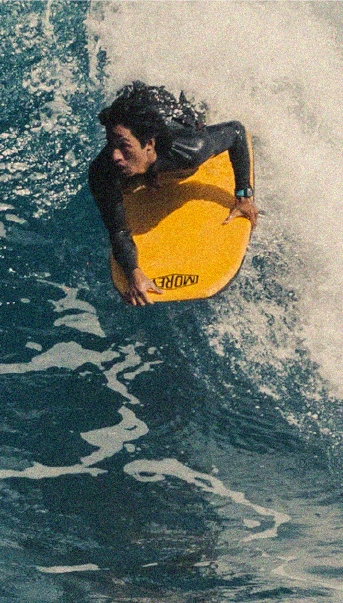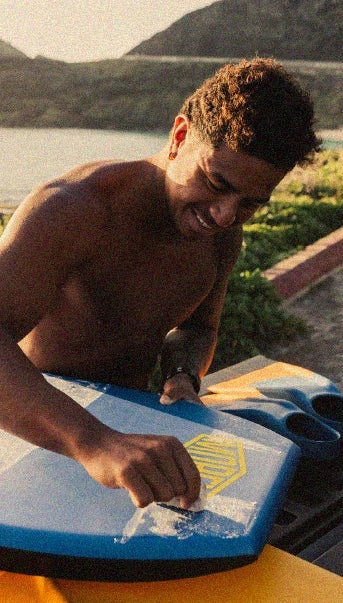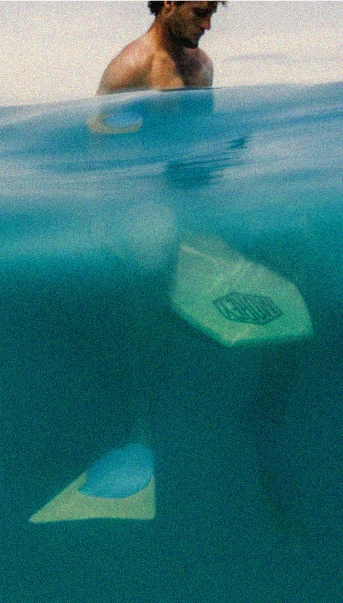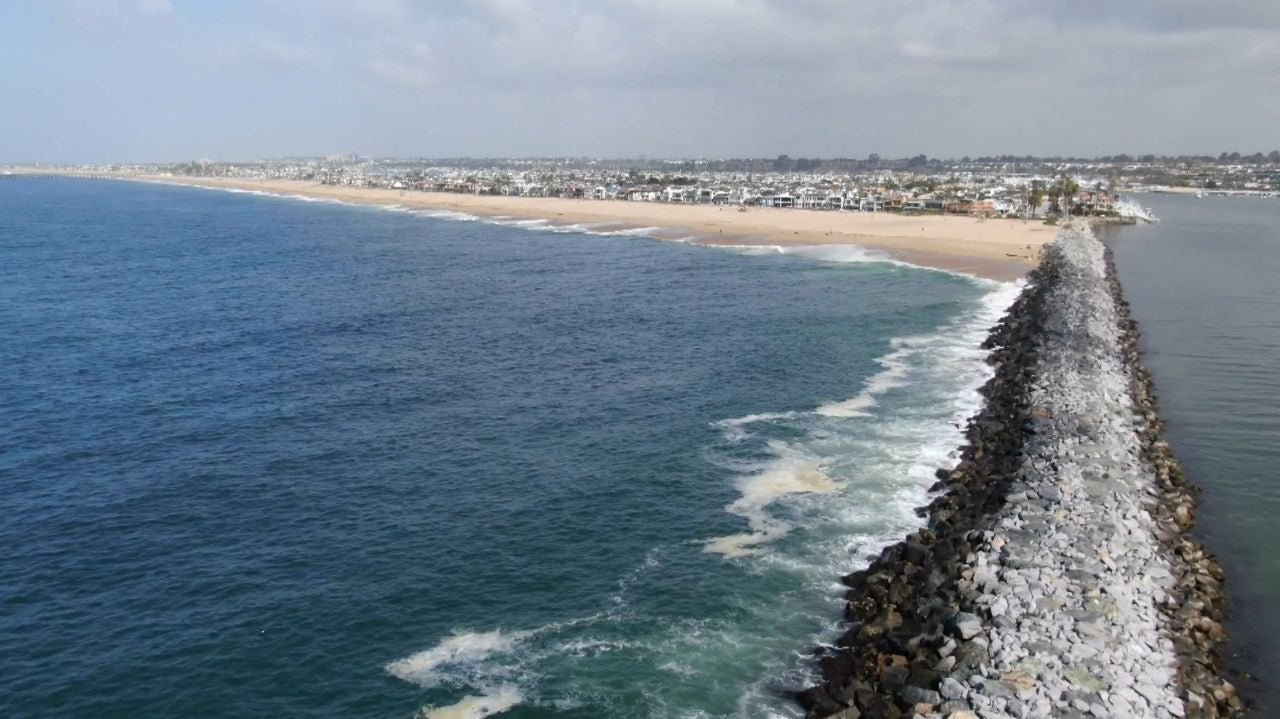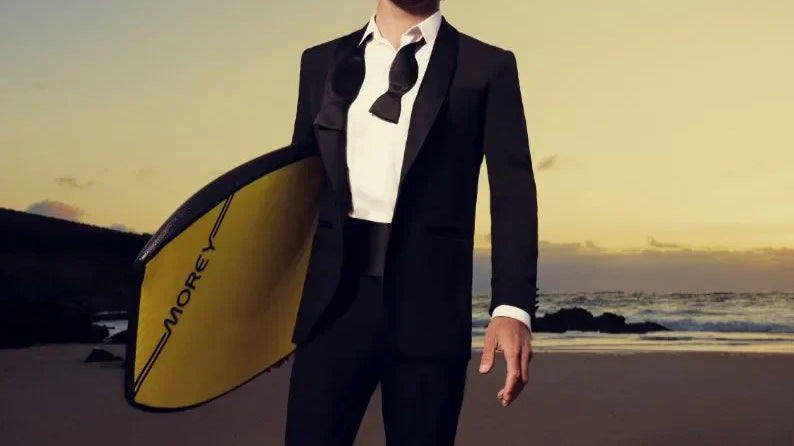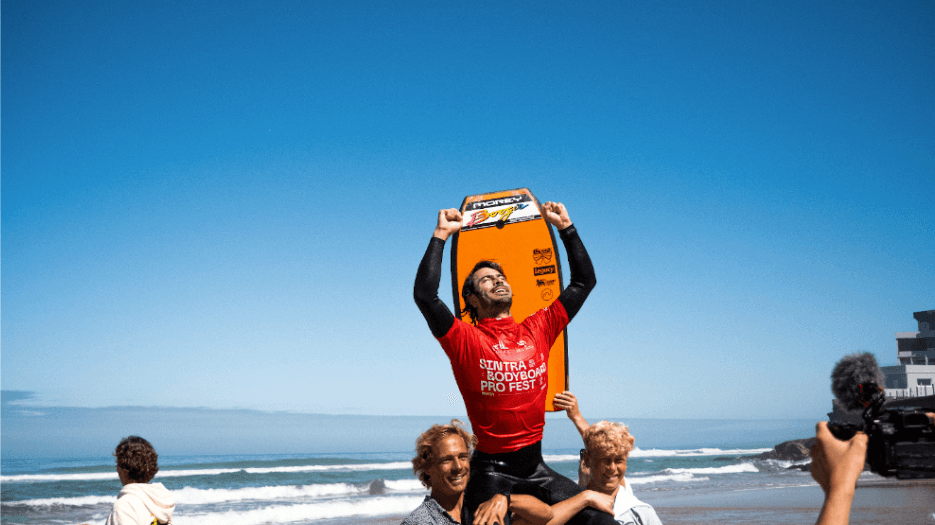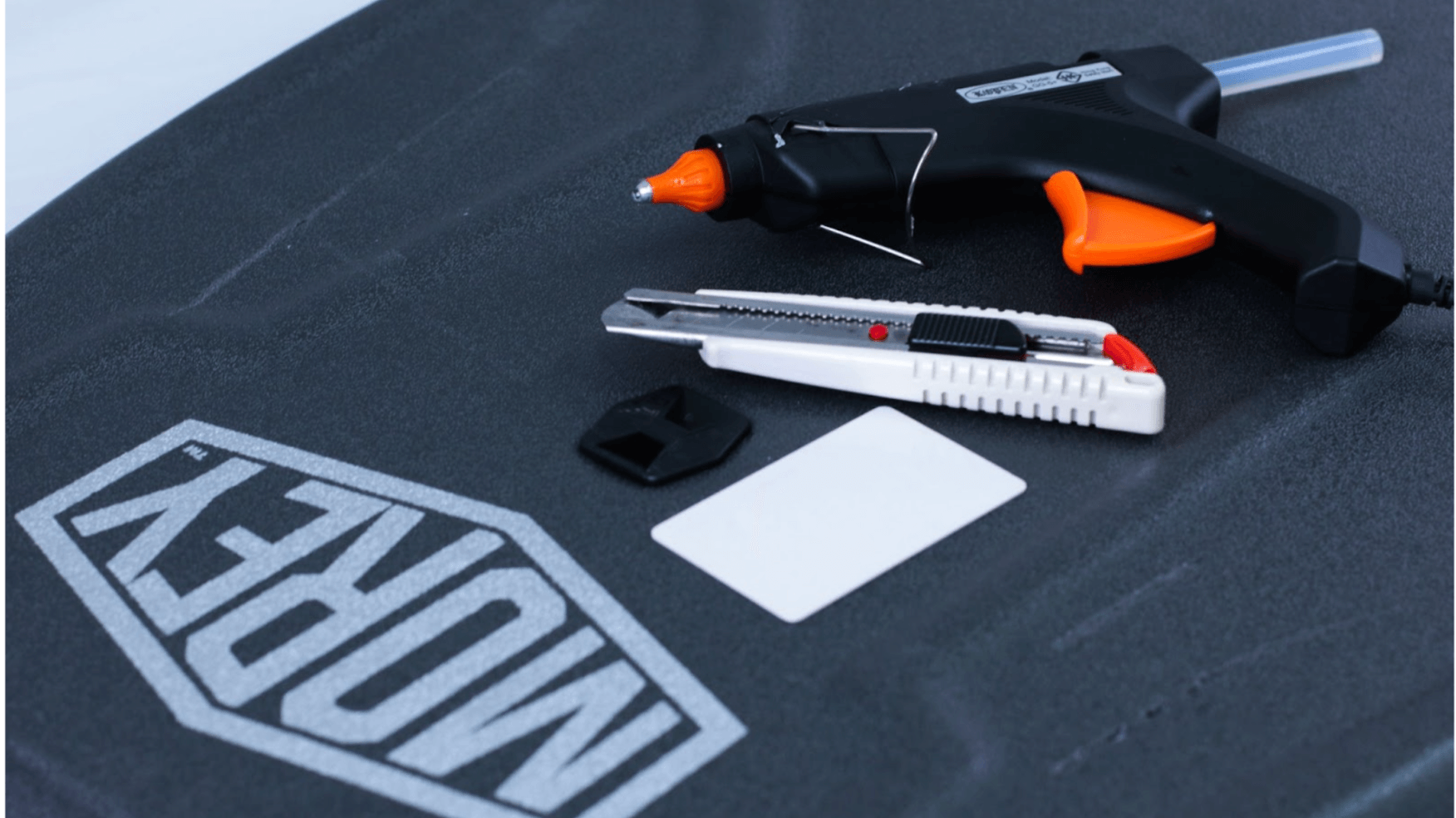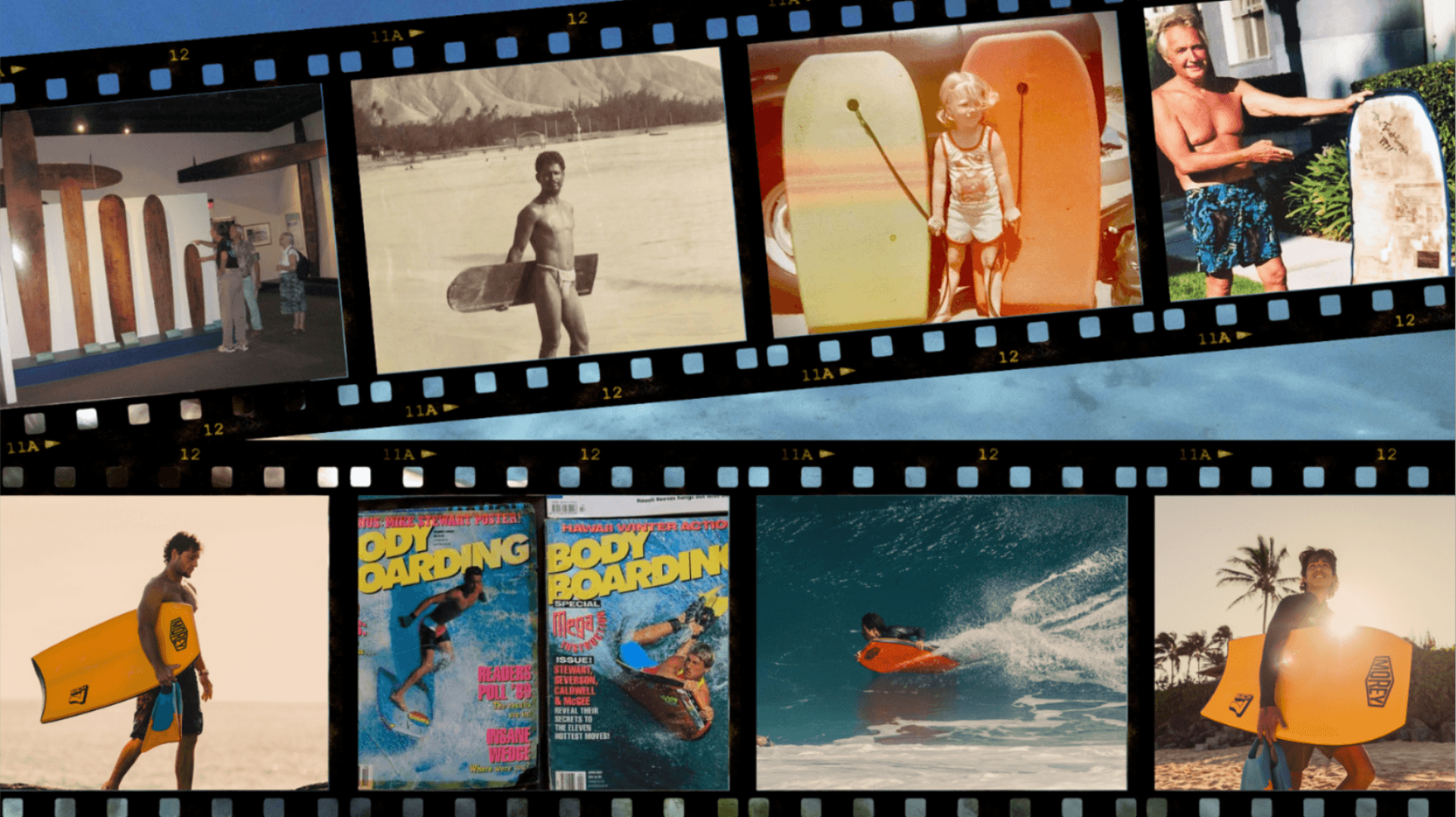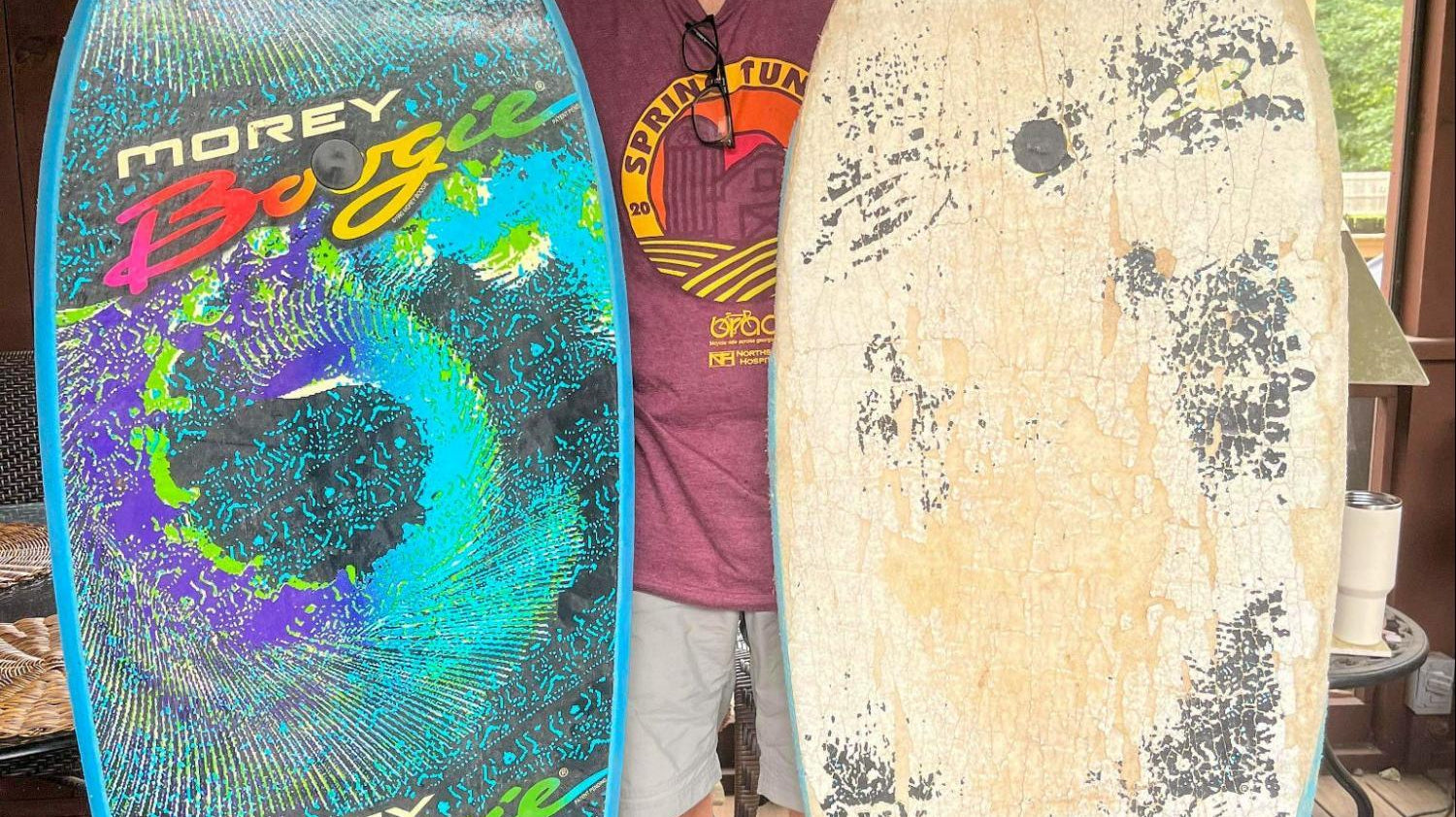
Hang loose, wave warriors! Welcome to our comprehensive guide on the anatomy of a bodyboard! Whether you're a seasoned pro or a curious newbie, understanding the ins and outs of a bodyboard is crucial for catching those epic waves. So, wax up your imagination as we break down each component of a bodyboard.
The core is the beating heart of your bodyboard. It is made from foam materials like expanded polystyrene (EPS), polyethylene (PE), or polypropylene (PP). Each material has its own characteristics, offering varying levels of buoyancy, flex, and durability.
The deck is the top surface of the bodyboard where you lie or kneel on. It is usually covered with a soft and comfortable foam layer, such as cross-linked polyethylene (IXPE) or Non-Cross Linked polyethylene (NXLPE). The deck provides traction and grip, allowing you to maintain control of the board while performing maneuvers and tricks. High-quality decks can even mold and conform to your body, creating a custom fit and maximizing comfort.
The slick, also known as the bottom skin, is the sleek and shiny surface on the underside of a bodyboard. It is typically made of high-density polyethylene (HDPE) or Surlyn, which are water-resistant materials designed to reduce friction and enhance speed, helping you glide effortlessly across the water.
Contours are the curves and shapes on the bottom of the board that help you glide effortlessly through the waves. Contours come in various forms, such as channels and concaves. These contours create a magical interaction between the board and the water, enhancing speed, control, and maneuverability.
The nose of a bodyboard is like the prow of a ship, leading the way through the waves. It's the front part of the board that allows you to initiate turns, cut through the water, and ride with precision. Nose designs can vary, from wide noses to small and sometimes even rounded ones.
The bodyboard's tail is like its personality, adding both style and function to your ride. Two popular tail shapes are the crescent and bat tails. The crescent tail offers a smooth and responsive ride, allowing quick reactions to sudden movements for enhanced maneuverability. It remains the most widely used tail type worldwide. On the other hand, the bat tail, invented by legendary bodyboarder Mike Stewart, resembles bat wings and provides extra lift and release. Perfect for riders who enjoy launching off the lip and performing aerial tricks, it adds an exciting dimension to your wave-riding experience.
The wide point of a bodyboard is the widest part of the board, and its position is crucial for determining how your body weight should be distributed on the board. A forward wide point offers stability for prone style riding, while a centered or rearward wide point provides maneuverability dropknee style riding.
Stringers are the backbone of a bodyboard, adding strength and stability. Made of materials like fiberglass or carbon fiber, they run along the board's core. They distribute energy evenly across your board and prevent excessive flexing, giving you a snappy feel when riding. Bodyboards may have one, two, or even three stringers, depending on the model. Consider stringers as the hidden heroes, fortifying your bodyboard against the forces of the ocean, ensuring durability and enhancing your performance.
The mesh is a key feature that contributes to the board's durability and impact resistance. It is typically made of a strong and flexible plastic material, resembling a chicken wire-like pattern. It is sandwiched between the deck and the slick. Like stringers, the mesh distributes wave impacts evenly across the board, preventing over-flexing and increasing its overall strength.
The rails of a bodyboard refer to the awesome edges that run along the sides of the board. They bring some serious maneuverability to the table. You've got options when it comes to rails – they can be sharp or rounded, each offering its own unique ride.
The leash is a crucial accessory that keeps you connected to your bodyboard in the water. It ensures that you don't get separated from your board during wipeouts or big waves. The leash is attached to a leash plug, which is a reinforced area on the tail of the board. Some bodyboards come with a leash included, while others require you to purchase one separately based on your preference.
By familiarizing yourself with the anatomy of a bodyboard, you gain valuable insights into how each component contributes to your riding experience. Every part of a bodyboard plays a crucial role in the board's performance and functionality. Armed with this knowledge, you can make informed decisions when selecting a bodyboard that aligns with your riding style and wave conditions. So, dive into the world of bodyboarding with confidence, knowing the intricacies of your trusted wave-riding companion.

